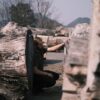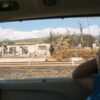Text & images by Martha Cheng
In Italy, one of the most visited countries on Earth, it is surprisingly easy to find a quiet corner away from the crowds. In the summer, you can slip out of the famed Cinque Terre and boat over to San Fruttuoso di Camogli, a tiny, clear bay home to a Christ statue sunk in its shallow waters. You can climb in your car and head an hour out of Rome to the hilltop village of Olevano Romano, its stone houses and narrow roads hushed and cool.
But in the winter, you needn’t leave any of the popular places to find peace: Even in tourist-burdened Venice, a relative quiet settles like snow.
In the past few years, I’ve run to Italy in the winter the way I did to the refuges of my childhood—passing through the curtain of a weeping willow to dream a different life. For in the winter, you can steep yourself in the romance of Venice’s canals without a tourist group stampeding at your back; in Florence you can walk into the Uffizi and directly to David without the hours-long line.
I while away time in the heated cafés, pick up paper cones of roasted chestnuts, and shop the markets, marveling at the winter produce: artichokes so tender you can eat them raw, slivered with lemon and olive oil, and puntarelle, with inner stems that I learn to prepare with anchovy and a bit of vinegar. It becomes all too easy to imagine moving into the fantasy.
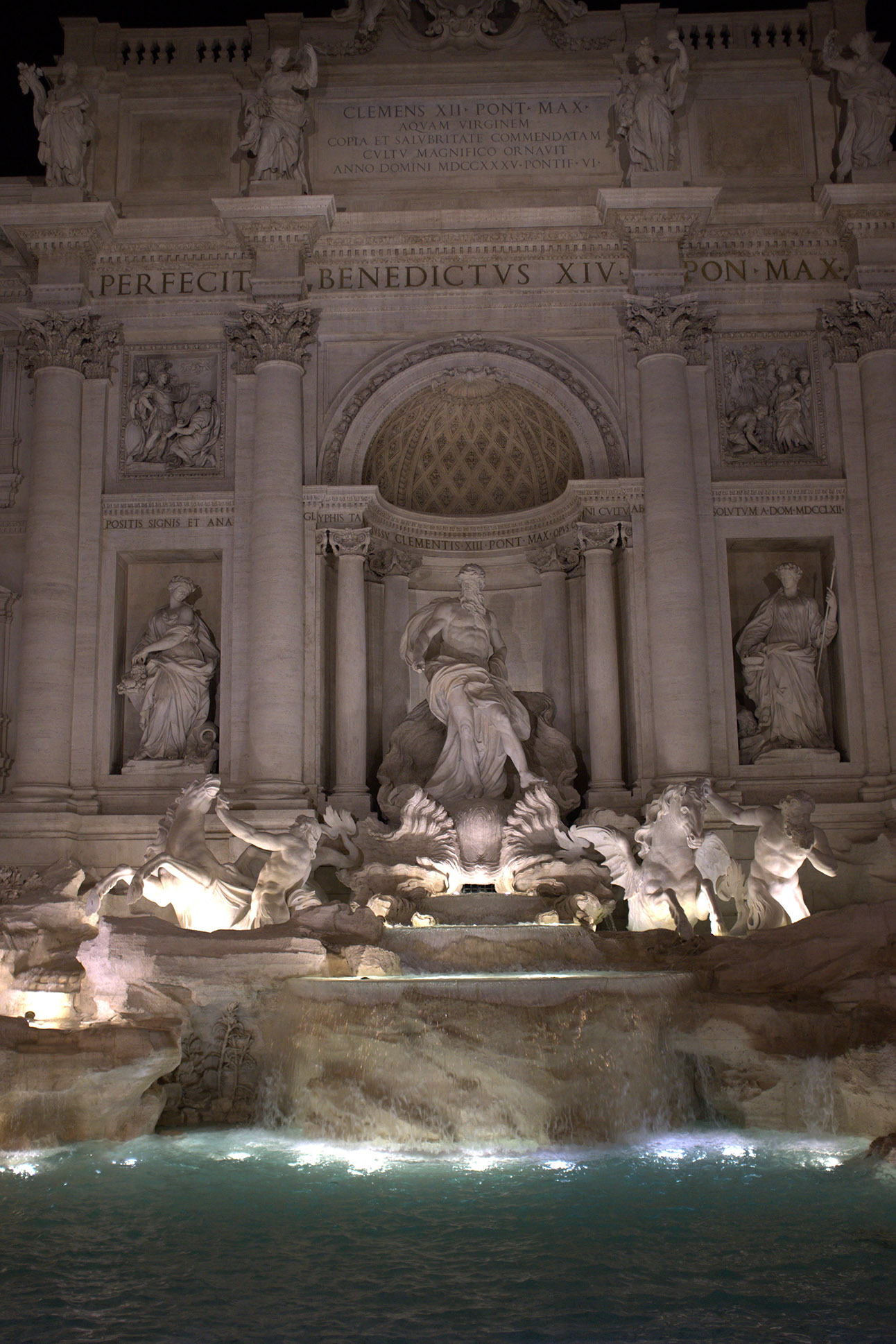

You May Also Like: A Photographer Explores Spain’s Rustic Beauty
Last year, I headed to Rome to be in solitude among people. I arrived in time for a rare snowfall, when snowflakes floated through the dome of the Pantheon, and priests threw snowballs outside the Vatican.
Icicles formed on Rome’s fountains, some of which are still fed by ancient aqueducts, dripping from the glorious Trevi fountain in the city’s center, the Fontana dell’Acqua Paola on Janiculum Hill overlooking the capital, the whimsical Fountain of Books, the nasoni (literally, “big noses”) that dispense cool and fresh drinking water throughout the neighborhoods.
There are more than 2,000 fountains in Rome—more than in any other city—and I hoped to see them all.
But eventually, in a city as social as Rome, I began to feel too alone in the communal joy. All the maritozzi con panna and cacio e pepe are not companion enough; the smooth, cold Bernini sculptures both seduce and unsettle with their longing and violence.
I found myself needing deeper connections than those developed in a café. I texted a friend who lives in Turin with her Italian husband and asked what they were doing that weekend. She answered: snowshoeing and mountain food in Aosta. I immediately booked a train ride up north.
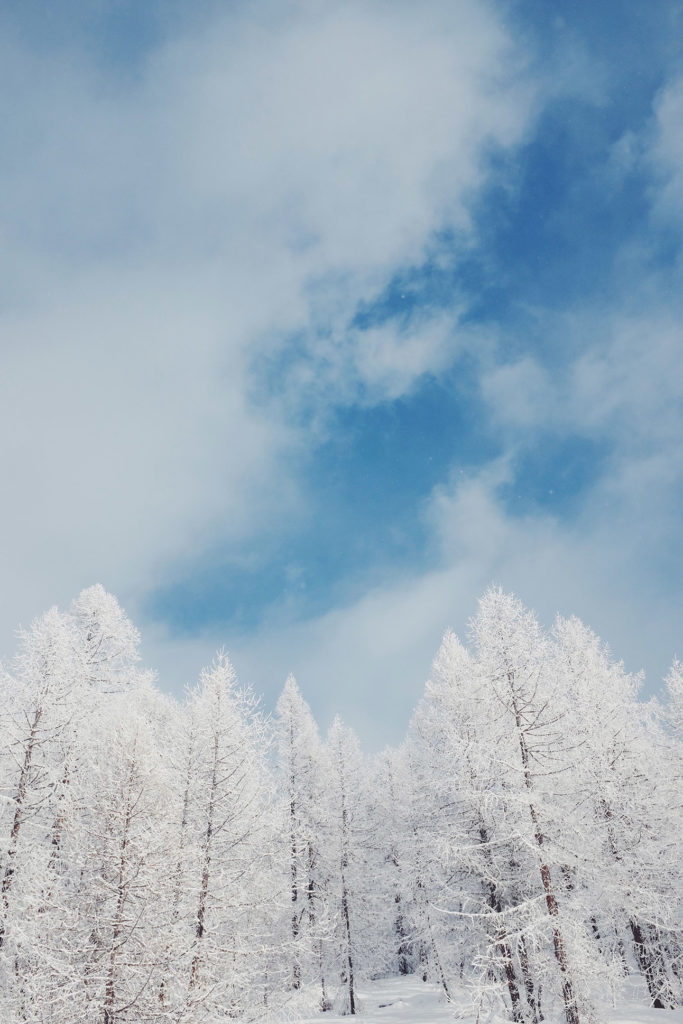
The next day, I left behind the mazes and chaos and grand ruins of Rome for orderly Turin, with its wide and elegant avenues. To me, Turin feels more like France, except when aperitivo hour descends and we crowd into bars that, for the price of a spritz, also offer a bottomless buffet of snacks, from salumi to little sandwiches smeared with cheese.
You could easily make a meal out of this, but somehow, in Italian logic, it is only supposed to stir our appetite for dinner. We drove up a hill to a trattoria near the Basilica di Superga and continued eating and drinking through plates of fresh pasta, and most amusing to me, fritto misto piemontese—deep-fried artichokes and squash blossoms … and custard and apples and cookies. American state fairs are not the only places where people fry everything sweet and savory in sight.
In the morning, we headed to Aosta, in the Italian Alps. My friend’s husband sped on the highway, taking the curves with the mixture of impatience and relish that Italians have for the road. We arrived at the cable-car station that would take us up into Chamois village, and he pushed my friend out the door to tell the operator to wait for us while he parked. But it was too late. We saw it ascending the mountain. The husband sighed, loudly and irritably. That was the last one of the day? I asked, thinking we had made the hour drive in vain. No, he said, it comes every 20 minutes.
Twenty minutes was apparently an exasperating length of time between us and our next meal. As soon as we got out of the cable car, we entered a warm lodge to eat once again. At this point, given the six hours of dining the previous night, I suspected that our eating to exercise ratio would be something like 10-to-1. I wasn’t wrong.
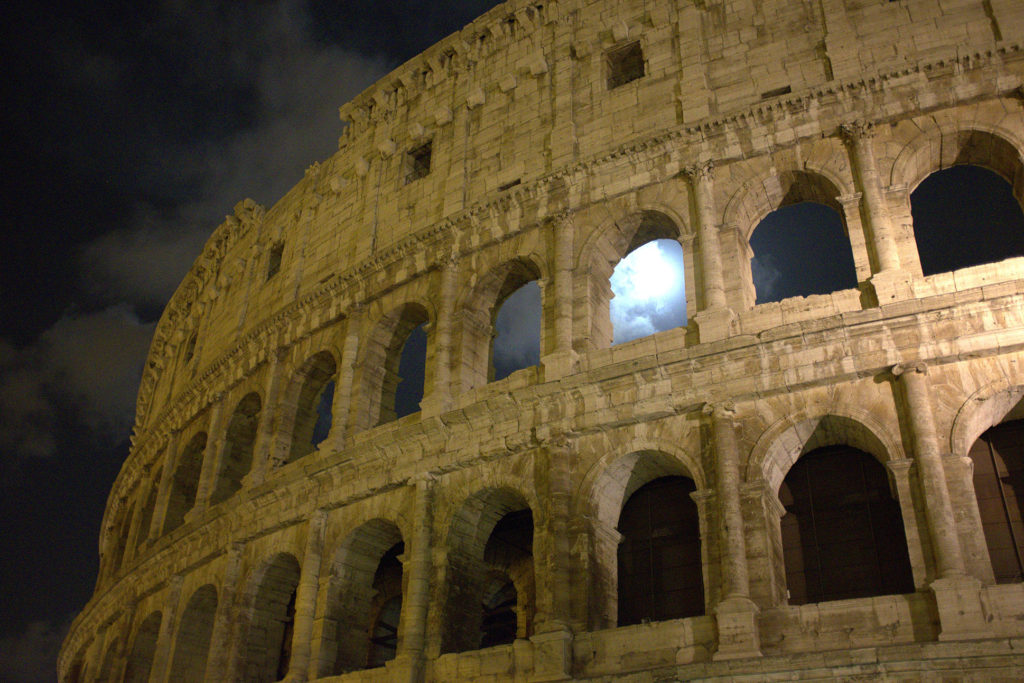
Over the next two and a half hours, our table was loaded with bottles of wine, wedges of cheese made in the mountains alongside shavings of cured beef and snow-white pork fat, a pot of polenta bubbling with fontina, and venison roasted in the oven with wild berries. I was utterly seduced, drunk not only on the actual food and wine, but also on the idea of it—that in our snowy perch in Italy, it was like we had stepped into the pages of a book, into a merry tableau that existed long before us and would continue long after we left.
I don’t know how we strapped on our snowshoes after that. But we did, and we stepped further into the dream. Snow had buried the bridges, piled on the rooftops, coated the trees—it subdued everything, as if all those objects existed only to lend shape to the formless. If we wandered off the path, we sank to our chests in softness.
At one point, as it snowed, it became hard to differentiate between clouds and snowbanks in the distance, until, for a moment, the sun broke through, and it looked as if diamonds were drifting down from a scratch of blue in the sky. I marveled how in just over a day, I had transitioned from being alone in a city to a land with friends and no one else around.

